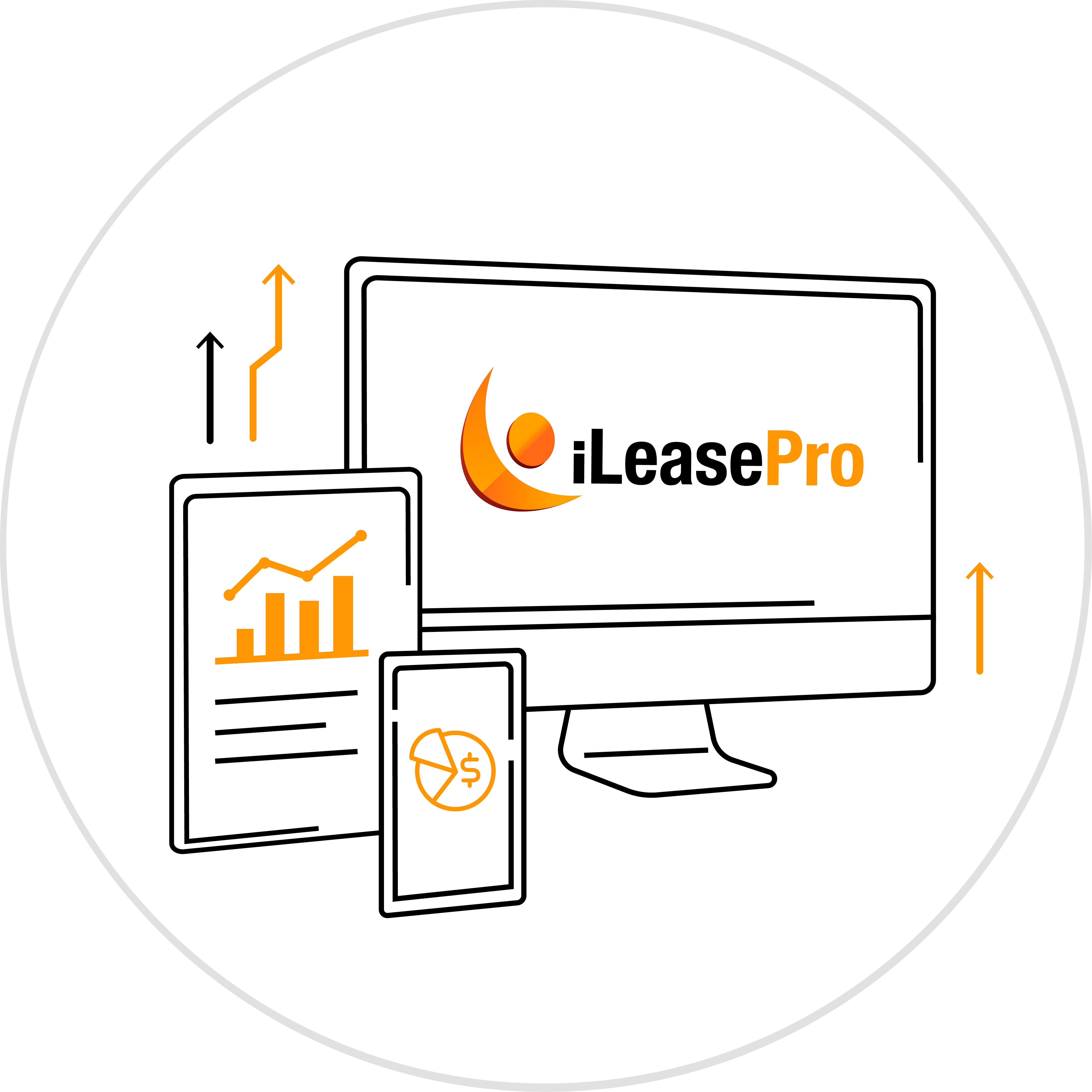As a CFO or Controller in the construction industry, you know that leasing is an operational necessity—from heavy equipment and vehicles to job site offices and software. However, with the implementation of ASC 842, the financial impact of leases is more transparent than ever, directly affecting balance sheets, EBITDA, and debt covenants.
For construction firms, ASC 842 compliance is not just an accounting update—it’s a financial strategy shift that influences capital allocation, financial reporting, and lease vs. buy decisions. This guide provides a CFO-focused approach to ASC 842 compliance, helping you minimize financial risk while optimizing lease management.
Step 1: Identify and Centralize All Leases
One of the biggest compliance challenges for construction companies is fragmented lease data. Your company likely leases:
- Heavy Equipment: Excavators, bulldozers, cranes, and loaders
- Vehicles: Trucks, trailers, and fleet vehicles
- Real Estate: Job site trailers, warehouses, and office space
- Technology: GPS tracking systems, software, and IT hardware
Many of these leases are embedded within service contracts, making it easy to overlook them. A thorough lease audit is essential to ensure accurate financial reporting.
💡 How to Identify and Manage Embedded Leases
Step 2: Ensure Proper Lease Classification
Under ASC 842, leases must be classified as either:
- Finance Leases – Ownership-like agreements where the lease term covers most of the asset’s useful life.
- Operating Leases – Leases where the asset is returned at the end of the term (previously off-balance-sheet but now recognized under ASC 842).
💡 How to Classify Leases Correctly Under ASC 842
Step 3: Implement a Lease Accounting Solution for Automation
Manual tracking of leases in spreadsheets is no longer viable. With frequent lease modifications, term extensions, and buyout options, spreadsheets increase risk exposure.
A lease accounting solution like iLeasePro can:
- ✅ Automate ROU asset and lease liability calculations
- ✅ Generate accurate amortization schedules and journal entries
- ✅ Ensure seamless ASC 842 compliance reporting
- ✅ Integrate with your existing ERP/accounting system
💡 What Does Lease Accounting Software Do?
Step 4: Reevaluate Lease vs. Buy Decisions
ASC 842 compliance is an opportunity for CFOs to optimize capital allocation by analyzing whether leasing or purchasing is the better financial decision.
💡 Lease vs. Buy Decision Making for ASC 842
Step 5: Prepare for Year-End Reporting & Disclosures
ASC 842 introduces new disclosure requirements that impact financial statements. CFOs must ensure that their teams are prepared for:
- 📊 Right-of-Use (ROU) asset and lease liability reporting
- 📊 Impact on EBITDA, working capital, and debt covenants
- 📊 Footnote disclosures explaining lease obligations
💡 ASC 842 Financial Statement Impact & Disclosures
Step 6: Establish Ongoing Lease Compliance Controls
ASC 842 compliance is not a one-time project—it requires continuous lease tracking and internal controls to prevent misstatements.
💡 Business Needs – Scaling for Lease Accounting
Turn ASC 842 Compliance into a Financial Advantage
For CFOs and Controllers in the construction industry, ASC 842 presents both challenges and opportunities. By adopting a proactive approach—centralizing lease data, leveraging technology, and refining lease strategies—you can enhance financial transparency while optimizing operational efficiency.
-

Let iLeasePro Help You in Your Lease Accounting Journey
Navigating ASC 842 compliance is a substantial but manageable task for transportation companies, especially with the right tools and strategies in place. By integrating structured lease management and comprehensive lease analysis via iLeasePro, your company can not only meet compliance requirements efficiently but also gain strategic advantages through enhanced lease portfolio management. Implement these steps to streamline your processes, pass audits confidently, and unlock financial improvements.
